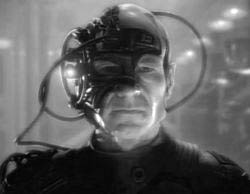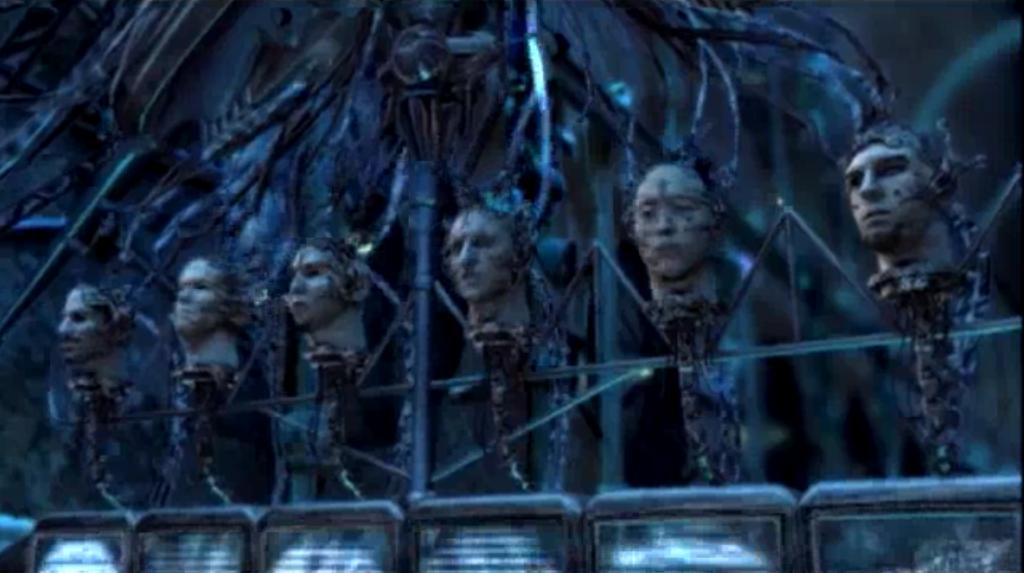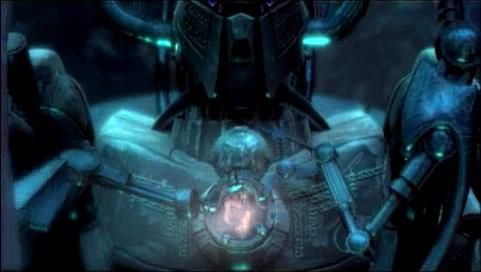One of the main points of concern for David Wills is that technology isn’t living up to its promise of making our lives better but is having the opposite effect of making our lives more difficult by increasing the speed of things without increasing the payoff. This attachment to our gadgets and our lives is experienced in some way by nearly everyone who engages technology. Having email on our smartphones is great, except that it keeps us plugged in at all times and most people don’t ever switch off. This growing trend of constant connection and ultra-fast technology is a concern for Wills and our cabinet project is an attempt to directly engage this idea. In our project I am Nobody, the user is confronted with a human image that glitches on a continuous loop making it appear as if it is looking out of the cabinet and around the room. When the user presses a button they are given either a piece of a sentence from literature regarding embodiment (a 1 in 17 chance) or a cue from the machine about their error. We have included a set of replies from the machine that indicate process, words like “warmer” and “colder”, but these are randomly placed across the buttons and do not actually give directional prompts to the user. The idea behind this is that via Wills we recognized that not only are we attached to the speed of a machine, but also rhetorically we have a deep trust that we should believe what the machine tells us. The best way to navigate through the correct prompts in our game is simply by starting on one side and systematically pressing all the buttons. The interesting part for us is that the most efficient way to navigate our game is through an algorithm, and success means that our digital other will speak back sentences from literature about our embodiment. This whole process looks to blur the line and confuse the user. A machine that has multiple prompts that cannot be relied on and also imparts poetic wisdom through algorithmic interaction challenges the idea of human computer interaction at its core. Our cabinet essentially lies and the user must engage and spend a considerable amount of time trying to figure out that this happening. This is anti-speed technology. To uncover the secret of our “game” the user must get to the point of frustration, must realize that the technology is not meant to help, that it simply is. We hope that this realization will prompt introspection making our project an object that users can think with.
« Stiegler and the Pharmakon Bodybuilding and Male Aesthetics »






